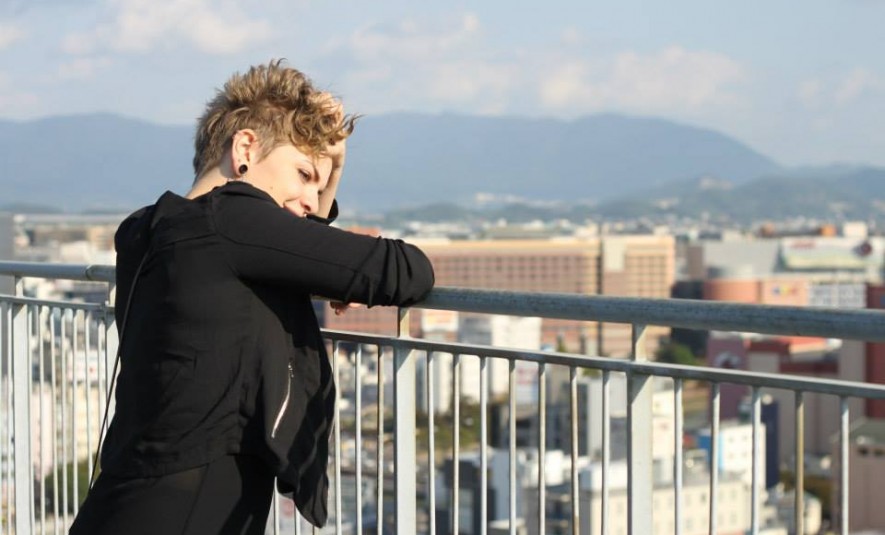When I lived in Japan as an exchange student, I joined the schools tennis club, which meant I rarely had time to hang out with friends or go anywhere. However, my closest friend invited me to a local festival in her home city, Karatsu Kunchi, and even though the train ride takes more than an hour and I could only go there for one evening, I went! I remember the evening as being one of the greatest experiences throughout my exchange stay, and every year since I’ve been dying to go once more.
This year, I went! Despite Karatsu being a relatively small city (population around 127.000) located in the northern Kyushu out to the sea, every year on the 2nd, 3rd and 4th of November, the town is filled with people from all over Japan. Every day 14 giant floats (ie: hikiyama) representing the 13 areas of Karatsu City, run throughout the city, companied by inhabitants of the town areas, and the sound of flutes and taiko drums. The festival is, like most of Japan’s ancient festivals, held to appease the Gods and give good fortune to the people. The spectacular floats are more than 100 years old, the first one having been built in 1819 and the last in 1876. Each float represent a character or creature from Japanese folk lore and fairytale, like the two samurai helmets of Kiwata-machi and Hirano-machi, or the Urashima Taro float of Zaimoku-machi, a famous story about a man who saves a turtle, and is rewarded with a stay in the Dragon God’s temple under the sea.
Each float is built from wood and the colored and lacquered, making the heaviest weigh over 2 tons! On top of that, there’s the musicians and various others on top and beneath the float, which makes you understand why more than 50 people are running in front, pulling the ropes of the floats. Everyone can participate, raging from small children to old seniors, however women are not allowed to participate when reaching a certain age. I asked my friend why, and she told me that in ancient Japan the female cycle was seen as an impure and ugly thing, and therefore not something to have near the sacred floats or ceremonies to appease the Gods. Which is really unfortunate, ’cause it looks like the participants are having a blast! The robes are handmade by each participant, and anyone wearing them can eat for free at the many food stands throughout the village. Typical Japanese festival-style, types of food ranges from yaki-tori (grilled chicken meat) and okonomiyaki (vegetables, meat, egg etc. mixed with dough and fried like a pancake) to crushed ice deserts, crepes and chocolate covered bananas. The smells and sounds are something that you cannot understand unless you experience it yourself! Japanese festivals are something that can only be experienced in Japan, but fortunately, they have them all year round, all over the country 😉
